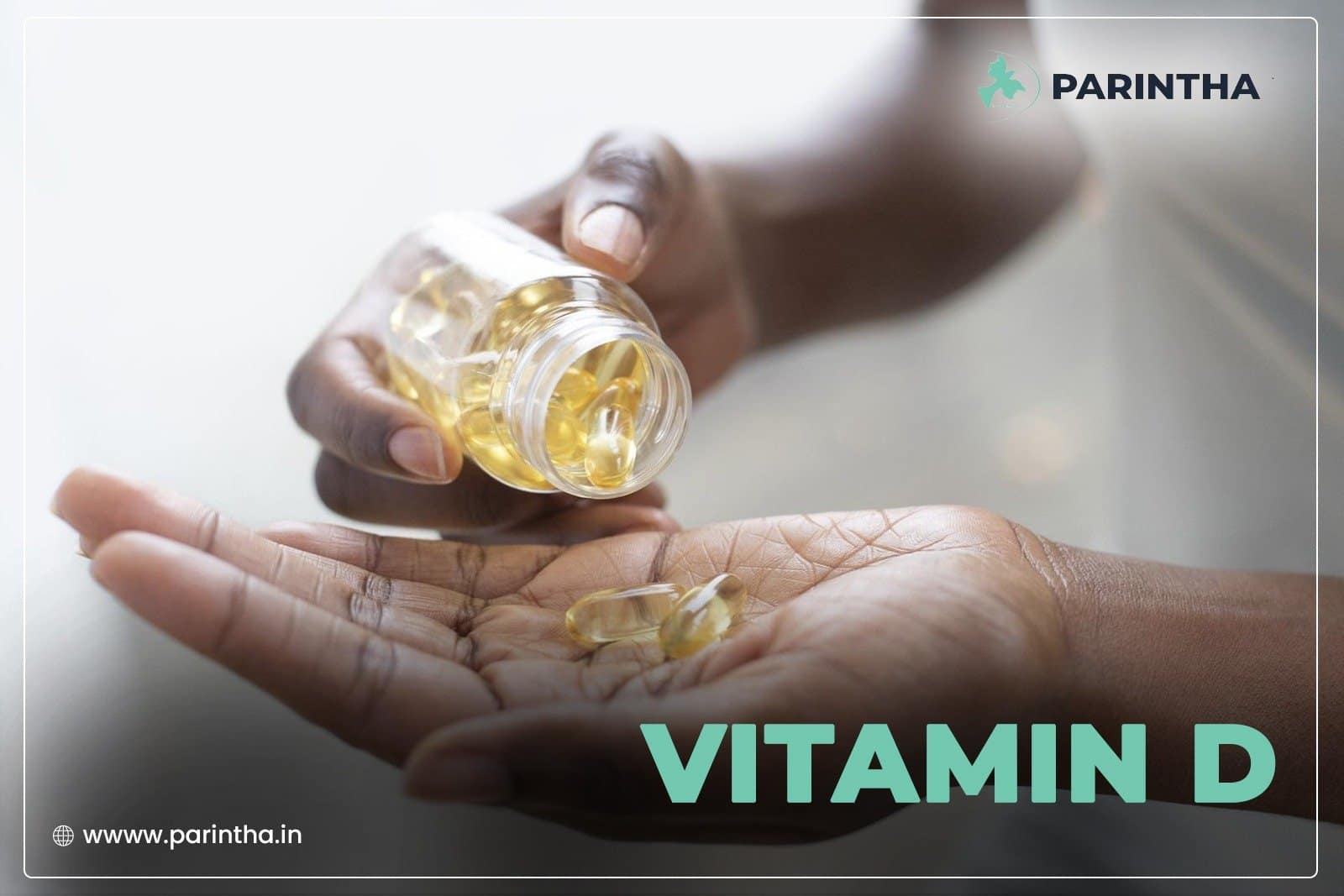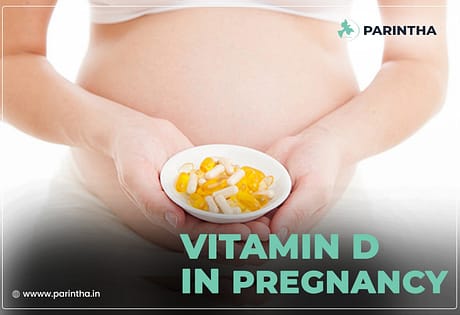
Vitamin D is essential for overall health of women, particularly during pregnancy, as it supports foetal development and maternal well-being. However, maintaining adequate Vitamin D levels is challenging due to limited dietary sources making supplementation an essential alternate. Before choosing the best Vitamin D supplement alone or combinations like Vitamin D and B12 supplements, it is essential to understand the main forms of Vitamin D, D3 (cholecalciferol, animal source) and D2 (ergocalciferol, plant source).
Best Vitamin D Supplement: What Women Should Know Before Taking Them for Self and Children
- Consult with your doctor or nutrition to understand the right amount required for you and your children
- Good sources of Vitamin D are fish, egg yolk, and offal such as liver
- Add supplements to improve the Vitamin D level
- Fortified juices or staple foods can be an option
- Daily 15-20 minutes of exposure to sun is beneficial to stimulate natural synthesis
- Sunscreen and increased skin pigmentation can reduce cutaneous Vitamin D3 synthesis by up to 90%. The cutaneous synthesis can be reduced by up to 75% in elderly.
Sources of Vitamin D
Vitamin D can be obtained from a variety of sources, including sunlight, certain foods, and supplements.
1. Sunlight:
The primary source of Vitamin D is sunlight, which enables the skin to synthesize Vitamin D3 (cholecalciferol). However, factors such as geographical location, skin pigmentation, age, and the use of sunscreen can significantly reduce this synthesis.
2. Dietary Sources:
Dietary sources of Vitamin D are essential for maintaining adequate levels, especially during pregnancy.
Natural Sources: Vitamin D is naturally present in a few foods. Rich sources include fish (like salmon, mackerel, and sardines), egg yolk, liver, and mushrooms. Wild salmon, for example, provides 600–1000 IU of Vitamin D per serving.
Fortified Foods: Many countries fortify staple foods like milk, yogurt, orange juice, and cereals with Vitamin D to help populations achieve adequate intake. Fortified milk and orange juice, for example, typically provide 100 IU per serving.
3. Supplements: Given the limited natural dietary sources and the challenges of adequate sun exposure, Vitamin D supplements are commonly recommended, especially for vulnerable groups such as pregnant women, the elderly, infants, and those with limited sun exposure or malabsorption issues.
Importance of Vitamin D During Pregnancy
Vitamin D is vital during pregnancy for both maternal health and fetal development. It supports bone health, immune function, and reduces the risk of pregnancy complications, ensuring a healthier outcome for both mother and baby.
Maternal Health: Adequate Vitamin D levels during pregnancy are associated with a lower risk of complications such as preeclampsia, gestational diabetes, and hypertension. Vitamin D also plays a crucial role in calcium metabolism, which is vital for both maternal and fetal bone health.
Foetal Development: Vitamin D is critical for fetal skeletal development. Deficiency in this Vitamin during pregnancy can lead to adverse outcomes such as low birth weight, small-for-gestational-age (SGA) infants, and a higher risk of congenital rickets and other bone deformities.
Neonatal Health: Newborns rely heavily on maternal Vitamin D stores, which are transferred via the placenta. Breastfed infants, in particular, may require additional Vitamin D supplementation due to the low concentration of Vitamin D in human milk.
Factors Affecting Vitamin D Levels
Vitamin D levels can be influenced by various factors such as geographic location, season, and time spent outdoors, which affect sunlight exposure.
Geography and Lifestyle: In regions with limited sunlight, especially during winter months, Vitamin D synthesis is reduced. Urbanization, increased indoor activities, and pollution also contribute to lower Vitamin D levels.
Skin Pigmentation: Darker skin synthesizes less Vitamin D from sunlight compared to lighter skin, making supplementation more crucial in populations with higher melanin levels.
Age: As people age, their skin’s ability to produce Vitamin D decreases, increasing the need for dietary intake and supplements.
Recommendations
Diet and Supplements: Incorporating Vitamin D-rich foods and considering fortified options can help improve intake. For many, especially those in high-risk groups, best vitamin d supplement are necessary to maintain optimal Vitamin D levels.
Sun Exposure: Moderate sun exposure (15-20 minutes daily) can help stimulate natural Vitamin D production, though this needs to be balanced with skin cancer prevention measures.
Consultation with Healthcare Providers: It’s important for individuals, particularly pregnant women, to consult with healthcare providers to determine appropriate Vitamin D supplementation based on their specific needs.
Conclusion
Vitamin D deficiency is a global issue with significant health implications for women, particularly for pregnant women and their infants. Addressing this through diet, vitamin D and B12 supplements, and lifestyle adjustments is essential to ensure adequate Vitamin D levels and promote overall health and well-being.
Nutrients. 2014; 6(9): 3601.
Am J Clin Nutr. 2010; 91(6): 1621.
Metabolites. 2021; 11(4): 255.
Mol Nutr Food Res. 2010; 54(8): 1134.
Nutr Rev. 2022; 80(3): 428.
Am J Obstet Gynecol. 2010; 202(5): 429.e1.
Nutrients. 2022; 14(19): 4124.
Prog Biophys Mol Biol. 2006; 92(1): 33.
Int J Vitam Nutr Res. 2022; 92(2): 118.

